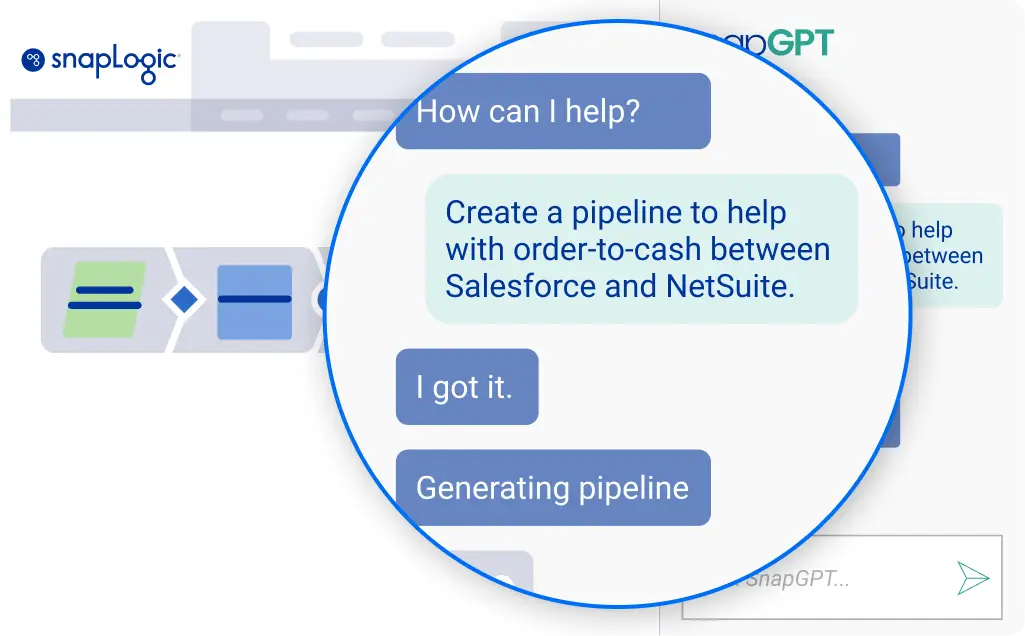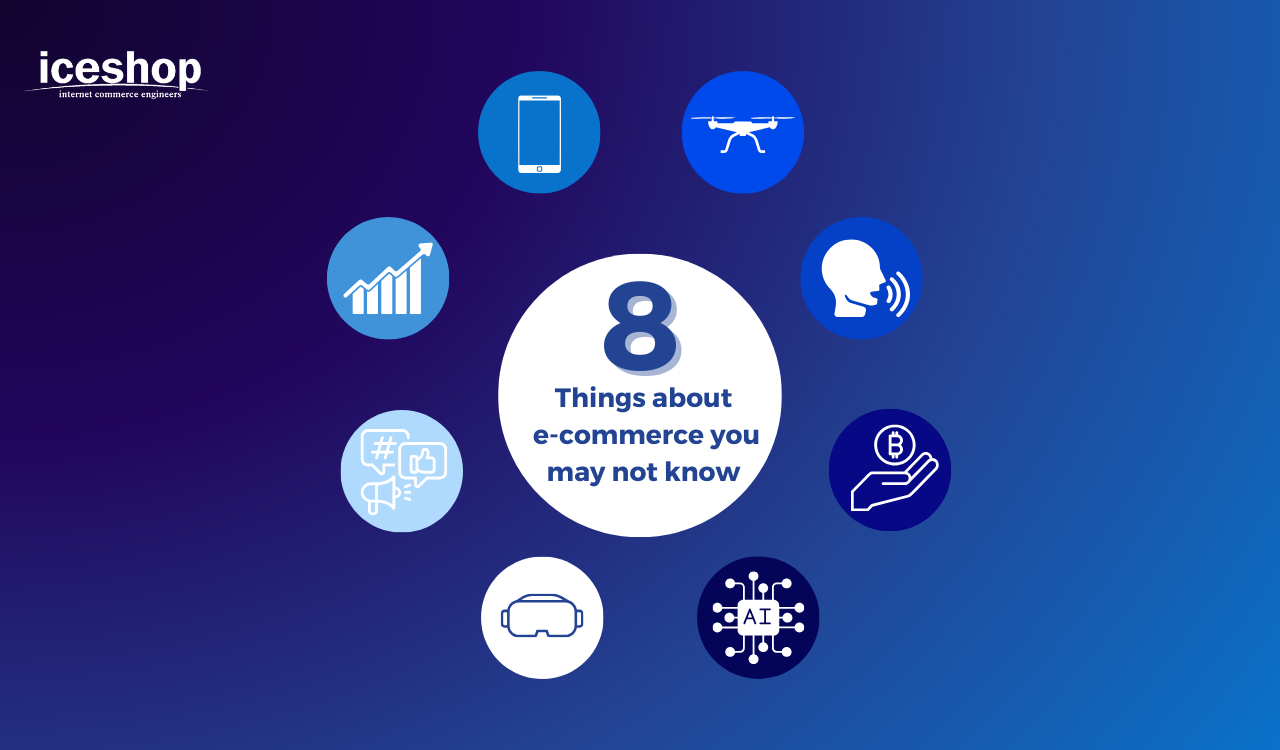The world of e-commerce is evolving at an astonishing pace, reshaping the way we shop, connect with customers, and conduct business. In this blog post, we will look at eight essential elements of e-commerce that you may not be aware of, shedding light on the ever-expanding landscape of online retail.
Rapid Growth
E-commerce is experiencing a meteoric rise. According to Insider Intelligence, just in 2022, the e-commerce industry witnessed an unprecedented boom, with global e-commerce sales soaring to a remarkable $5.5 trillion. In addition to that global retail e-commerce sales are projected to reach a staggering $6.2 trillion in 2023. Following this trend, in the upcoming years, this number is expected to soar even higher, reaffirming e-commerce’s dominance over the global economy.
Online marketplaces have emerged as the driving force behind e-commerce’s exponential growth. A prime example is Amazon, which achieved astounding net sales of $567 billion in 2022. Which is an impressive 47% surge from the previous year. This remarkable achievement highlights the enormous potential for revenue generation that online marketplaces offer to businesses.
The Rising Influence of Social Media
Social media platforms have evolved into influential sales channels, opening up immense revenue possibilities for businesses. For example, in 2022, Facebook reported an astonishing $125 billion in ad revenue, demonstrating the effectiveness of social commerce in drawing in and maintaining clients.
According to Sprout Social’s 2020 Index research, 75% of customers are more likely to make a purchase from a brand they follow on social media. This emphasizes the crucial role social media plays in e-commerce enterprises’ success. By allowing them to precisely target potential clients, build trust through user-generated content, and engage with customers on a personal level.
The Age of Artificial Intelligence
By anticipating client wishes and providing tailored product recommendations, artificial intelligence, and machine learning are transforming the e-commerce industry. Furthermore, AI improves productivity and profitability by streamlining crucial business operations like order fulfillment, client segmentation, and product recommendations.
From automating repetitive tasks to enhancing customer service, AI is proving invaluable to online retailers of all sizes. Personalized product recommendations, pricing optimization, improved customer service, customer segmentation, and smart logistics are just a few of the numerous applications of AI in e-commerce.

The Rise of Voice Shopping
With more consumers embracing voice-enabled gadgets like the Amazon Echo and Google Home, voice purchasing is quickly gaining popularity. According to Statista, voice shopping sales increased significantly from approximately $2 billion in 2018 to around $20 billion by the end of 2022. About 60% of American consumers currently utilize their home speech smart assistants. For example – Apple’s assistant Siri or Google’s assistant Now, to conduct daily or weekly transactions.
This trend, driven by voice recognition and AI, has been accelerated by the spread of smart speakers. However, voice shopping isn’t confined to specialized devices, as millions of consumers now use their smartphone voice assistants to make purchases. This trend is on the rise and has significant implications for e-commerce, as speaking is quicker than typing and can lead to seamless, instant purchases.
Augmented Reality and Virtual Reality
AR and VR are emerging as game-changing technologies in e-commerce, offering immersive and interactive experiences for customers. These technologies provide detailed information, personalization, and engagement, addressing challenges like attracting and retaining customer attention in a competitive market.
By enabling shoppers to scan product barcodes and receive additional information, reviews, or recommendations on their displays, augmented reality (AR) improves the shopping experience. Contrarily, virtual reality (VR) immerses clients in a digital store, allowing them to interact with products in a 3D environment. These technologies help reduce the uncertainty of online shopping by offering realistic previews, simulations, and trials, such as visualizing how products fit in their own environment. These technologies offer the potential to create virtual showrooms, provide immersive experiences, and draw customers into a truly lifelike shopping journey.
The Mobile E-commerce Revolution
Mobile devices, primarily smartphones and tablets, have ignited a revolution in the e-commerce industry. Shoppers are no longer confined to their desktops or laptops; they can now explore, browse, and make purchases conveniently from the palm of their hand. Above all, it’s estimated that mobile commerce is taking over the e-commerce world with a third of all online purchases now occurring on smartphones and tablets and revenue reaching a staggering $3.5 trillion in 2021, marking a 35% increase from 2020. E-retailers are optimizing their websites for mobile devices to cater to the growing number of mobile shoppers.
The Future of Delivery: Drones and Self-Driving Cars
Another thing you might not know about e-commerce is the introduction of last-mile delivery methods like drone delivery and self-driving automobiles. This is one of the most revolutionary advancements in the world of e-commerce in recent years. One of the most significant advantages of drone delivery is its speed and efficiency. Drones can navigate through urban landscapes and deliver packages with remarkable swiftness. This not only reduces delivery times but also minimizes the costs associated with traditional ground transportation, making it an attractive option for e-commerce businesses.
Moreover, while these technologies promise cost savings and faster deliveries, they also raise concerns about job displacement and privacy. These issues come up because drones frequently utilize GPS and cameras to navigate and find delivery locations. The acceptability of drones depends on finding a balance between convenience and privacy.
Nevertheless, they represent a promising future for efficient and convenient e-commerce delivery solutions. As drone technology advances and regulatory frameworks adapt to accommodate these aerial couriers, we can expect to see even more e-commerce businesses incorporating drone delivery into their logistics strategies.
Amazon Prime Air’s New Delivery Drone
Cryptocurrency Payments
In recent years, cryptocurrencies have emerged as an alternative payment method for e-commerce transactions. They provide advantages like lower transaction costs, improved productivity, and the capacity to support cross-border transactions without currency conversion. However, the unpredictable nature of cryptocurrencies and regulatory uncertainties present difficulties for online enterprises.
Major e-commerce service providers like WooCommerce, BigCommerce, and Shopify have started accepting cryptocurrency payments. Thus expanding their reach to tech-savvy customers and streamlining international transactions.
Conclusion
In conclusion, e-commerce is an ever-evolving landscape driven by rapid growth, technological advancements, and changing consumer preferences. Businesses that adapt to these trends and embrace innovations will be better positioned to thrive in this dynamic industry.



